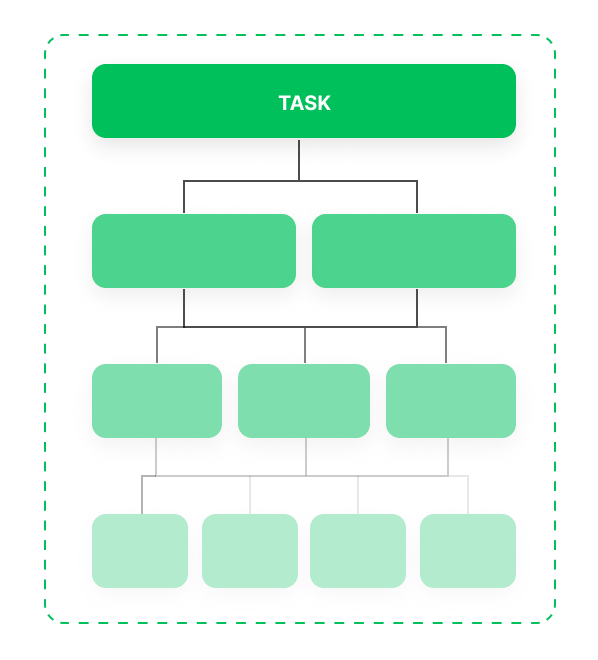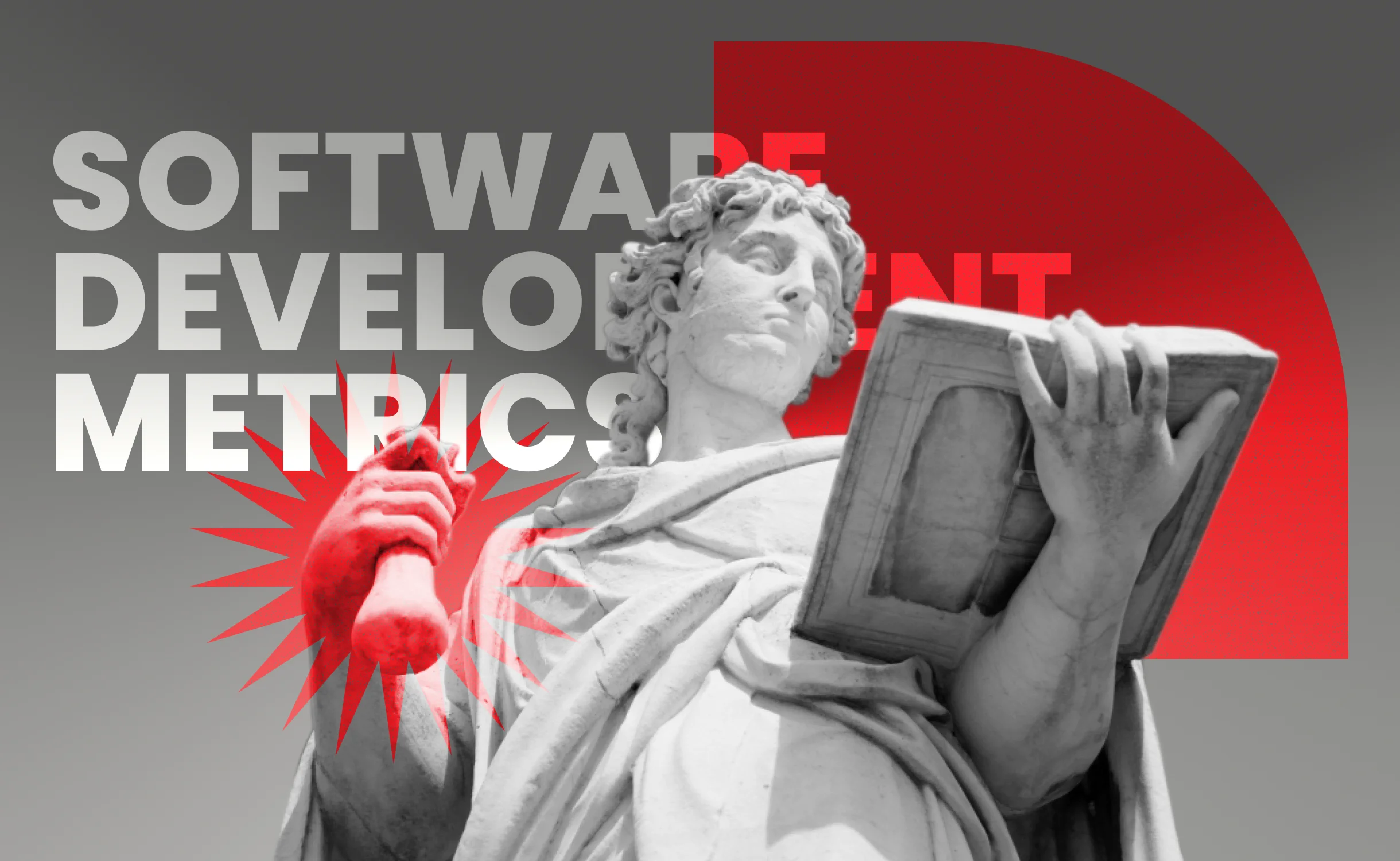Step 1. We break big tasks into
smaller chunks
At this stage, the development tasks are broken into pieces. We break down the milestones into epics, within which we create tasks, which are further broken down by developers into even smaller tasks. Going piece by piece allows for time to review and get feedback to make sure the development process is on the right track.






